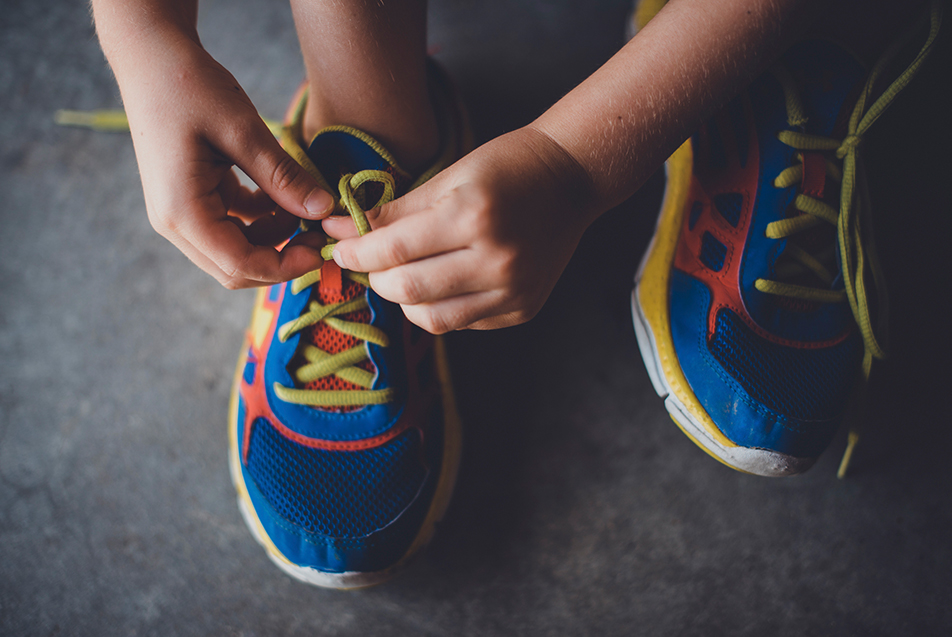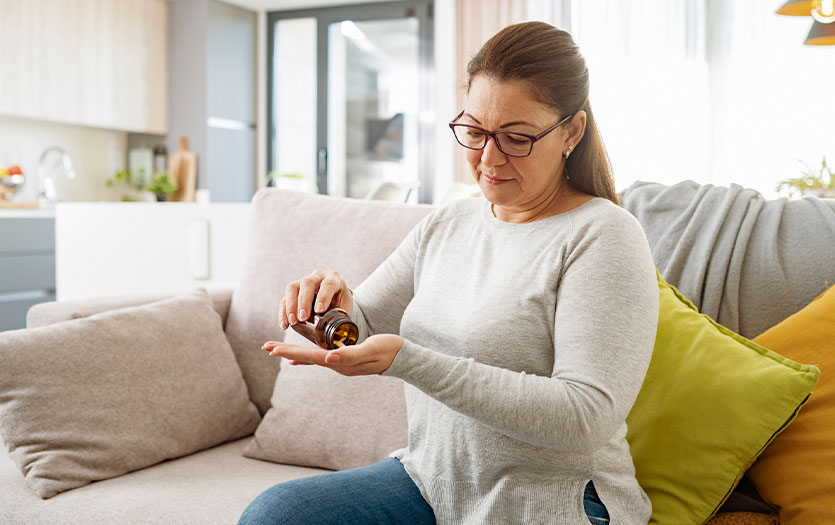
This post was written by Ashley Bojrab, DPM, FACFAS, ABPM, PPG – Podiatry.
As students put their backpacks back on and head into the classrooms, a changing of the seasons isn’t far behind. As weather conditions transition, it’s important to remember that your child’s footwear needs to do the same.
This is a great time to retire those summer sandals and return to supportive shoes. To help prevent injury, pain and/or complaints, it's important to know what to look for when shoe shopping. Children are continuously growing, and this definitely includes their feet. In fact, their feet can grow as many as two sizes in just six months, depending on their age.
Because children's feet are forever changing, they should be measured properly and fitted for shoes by a specialist. This will help reduce the risk of wearing the wrong size of shoe and prevent you from purchasing multiple pairs of shoes. Once measured, it’s very important the child tries the shoes on and walks in the new footwear. Just like in adults, shoes that are too tight on children can lead to pain, corns, ingrown toenails, blisters that might lead to infection and other serious issues. Make sure there is a thumb width from the longest toe to the tip of the shoe when the child is standing.
The quality of the shoe is vital as well. Poor quality shoes with a lack of stability can cause injuries, tendonitis and fractures, among other issues. Keep an eye on your child’s footwear and watch for signs that they need replaced. Depending on the shoes, the lifespan could be anywhere from three to four months.
Listen to your child if they express any discomfort associated with their shoes. Let pain be your guide. If a child has flat feet, they might need shoes with good arch support and might even need orthotics. Consult with your podiatrist if pain and discomfort continues.



